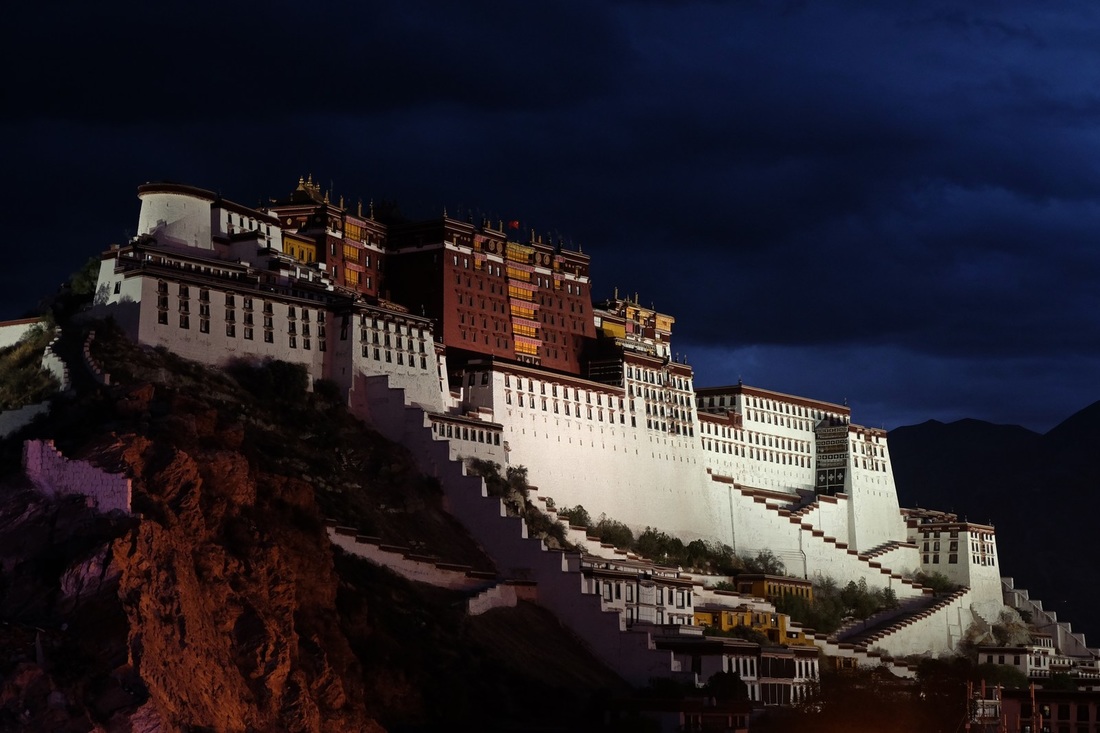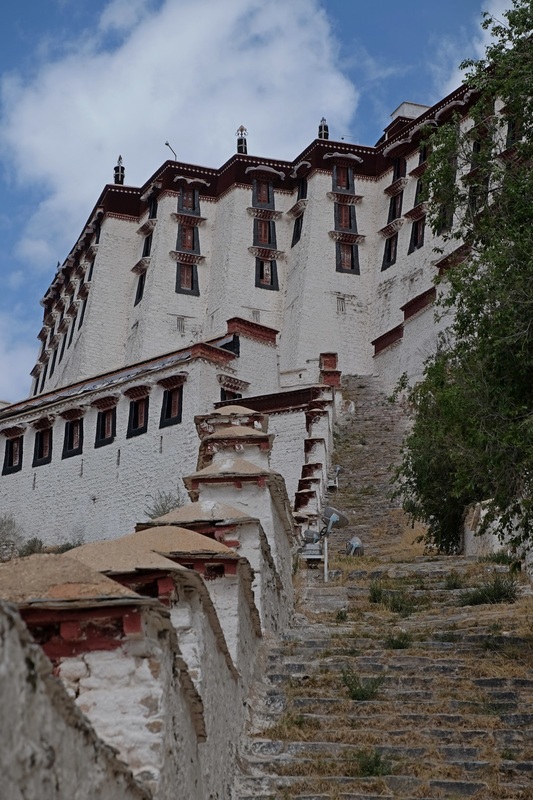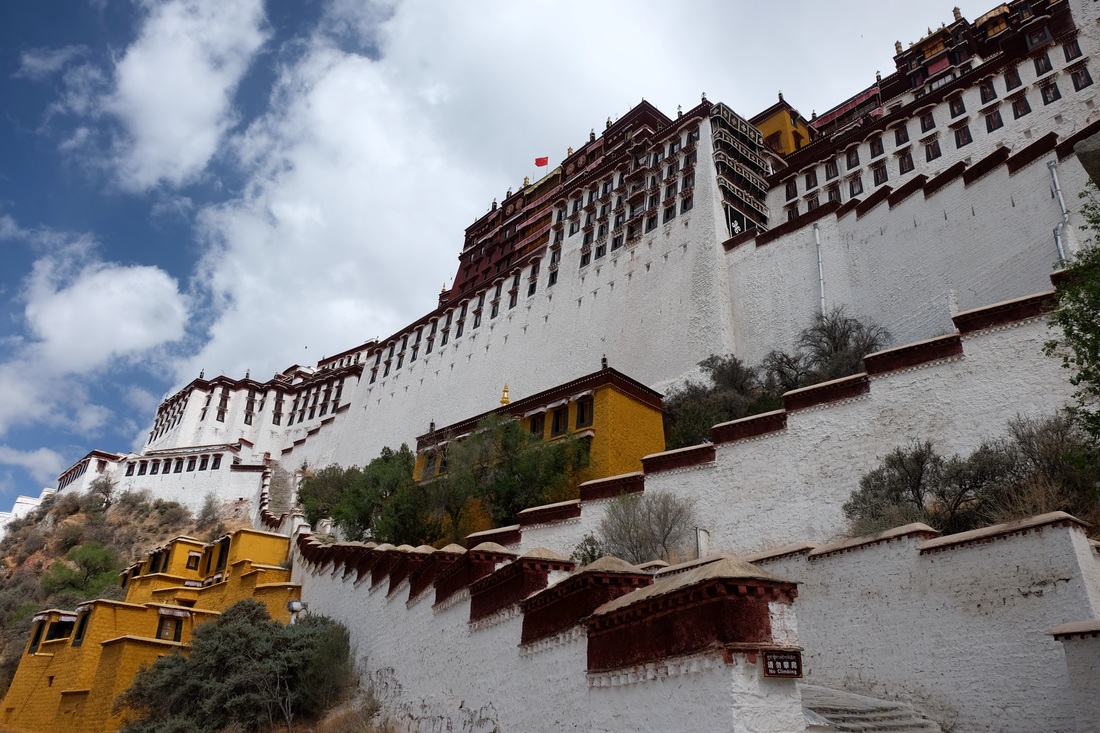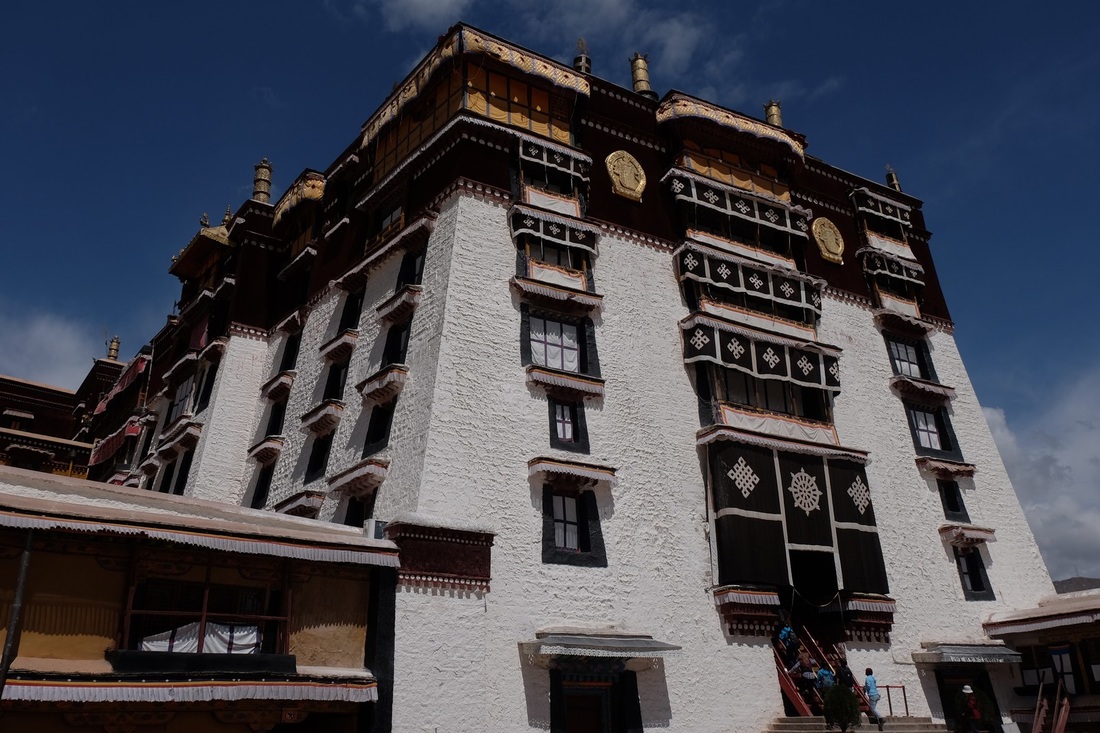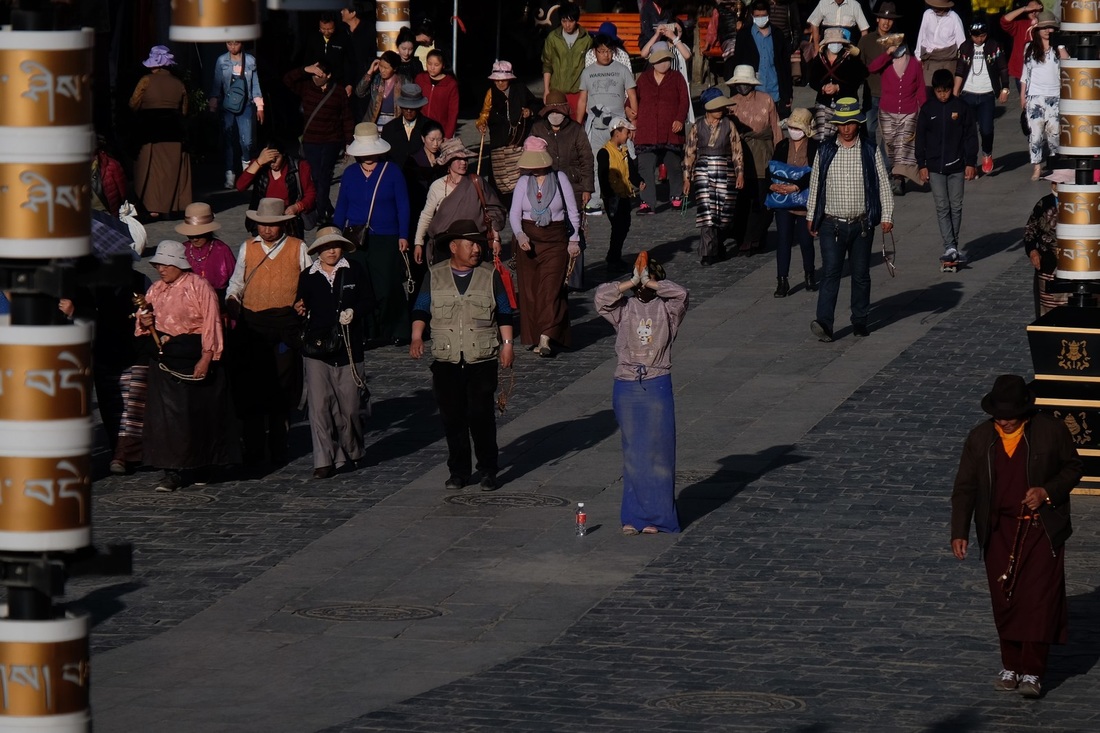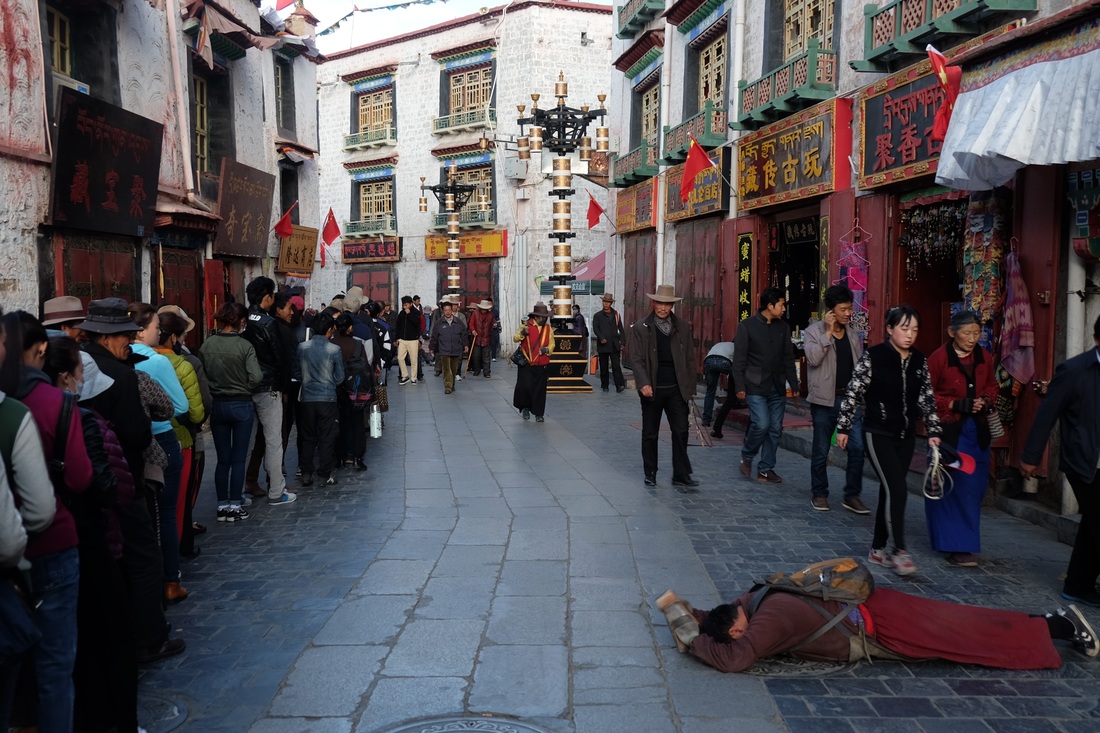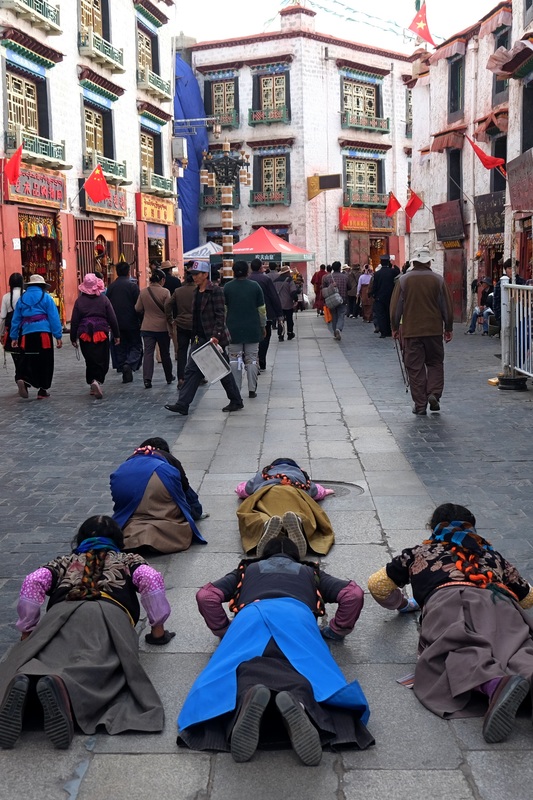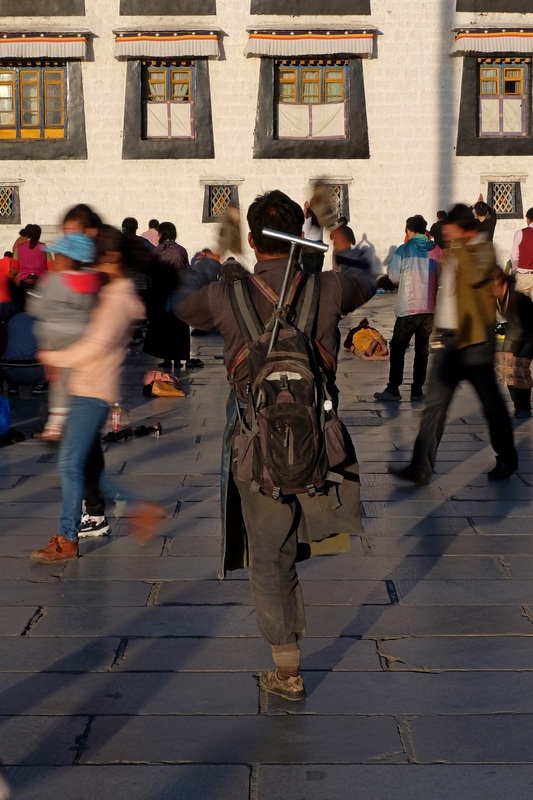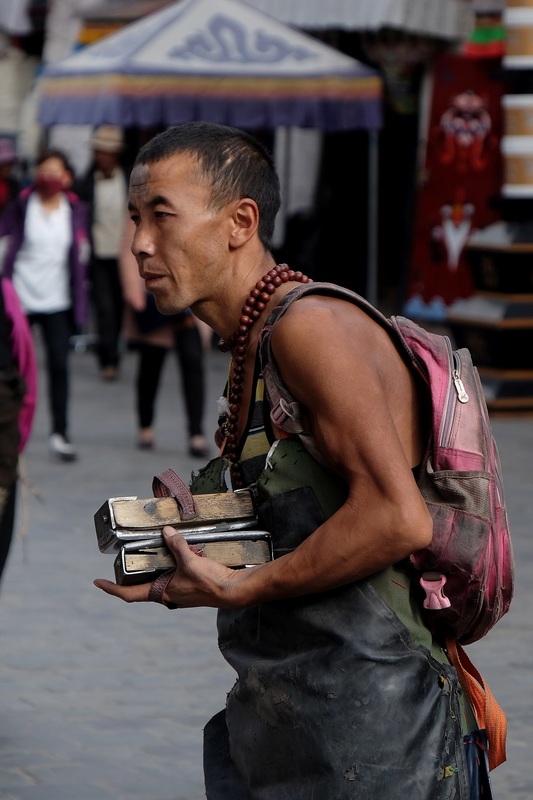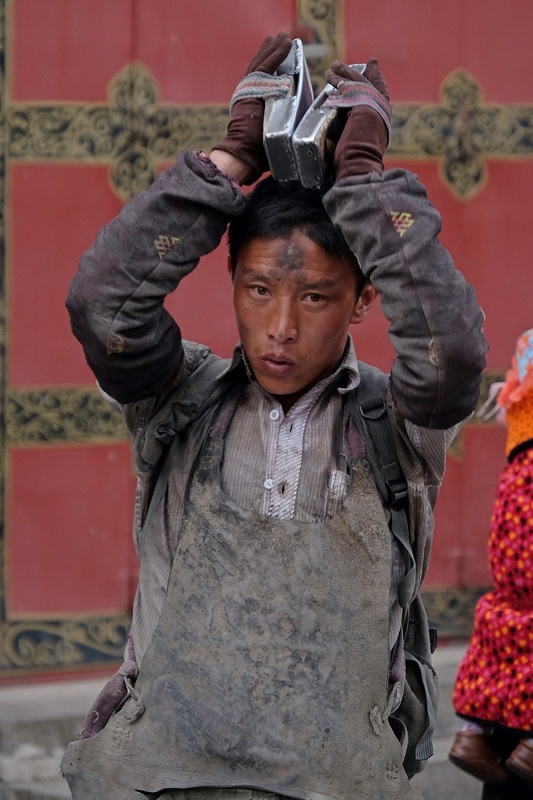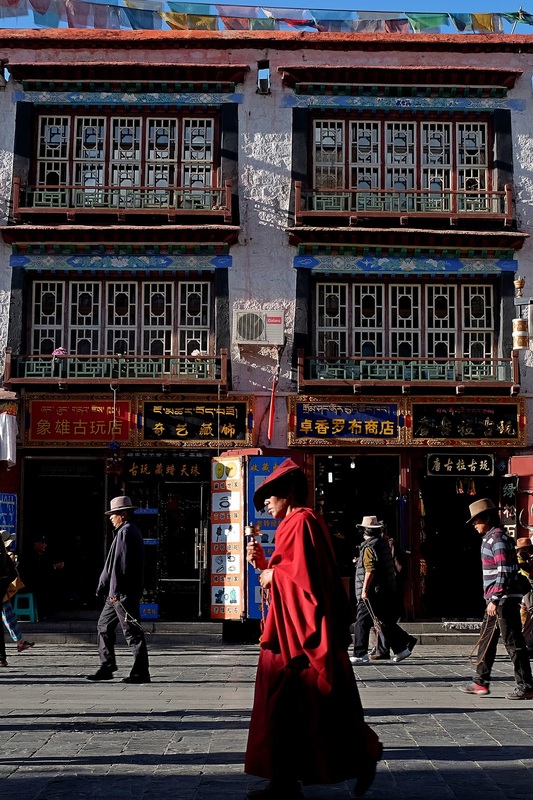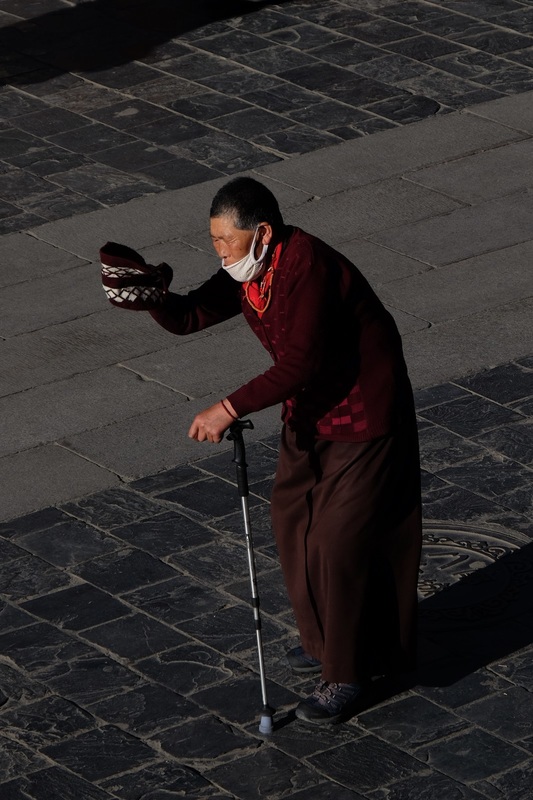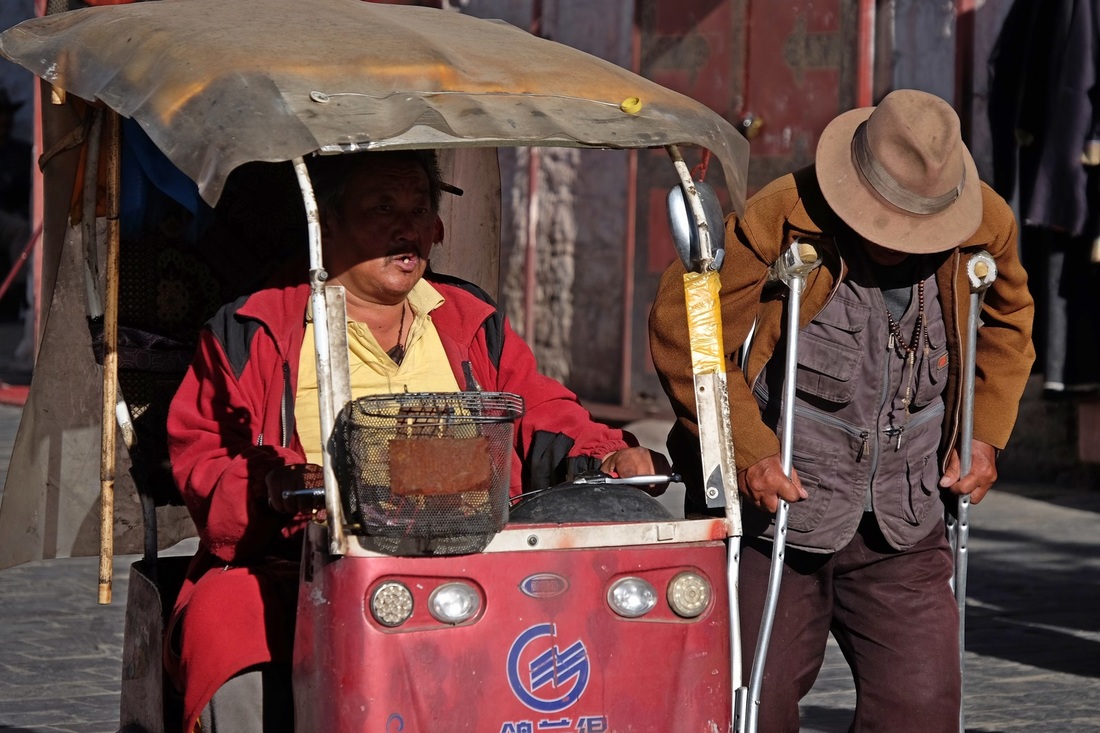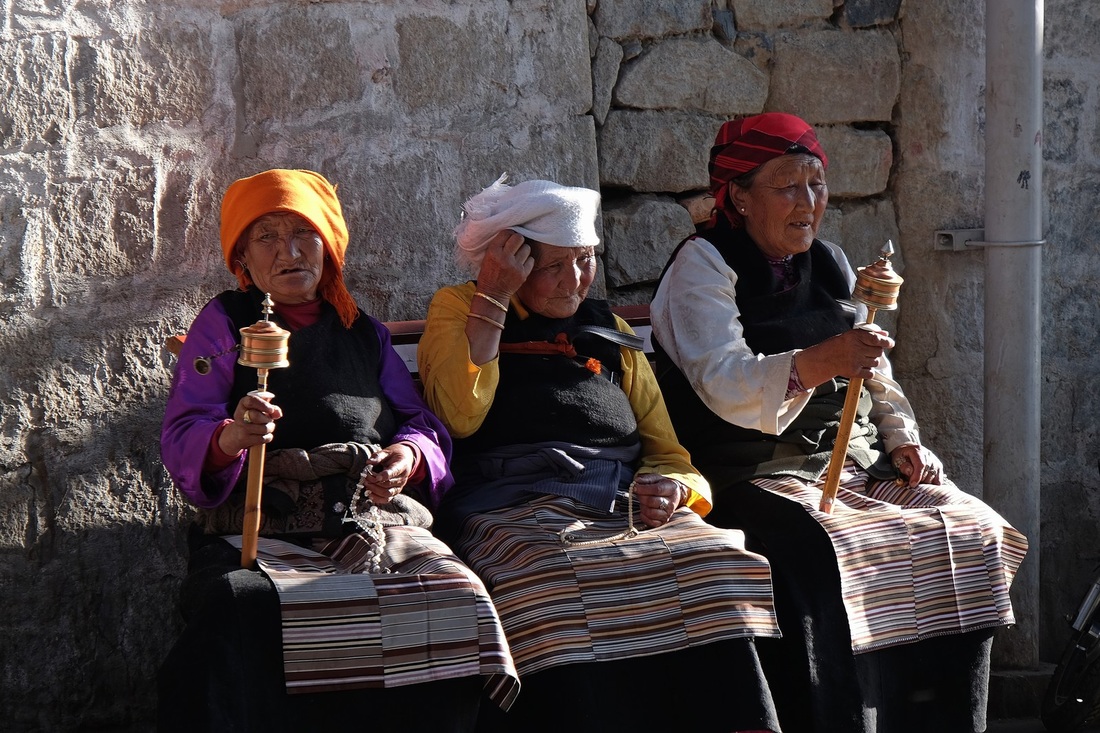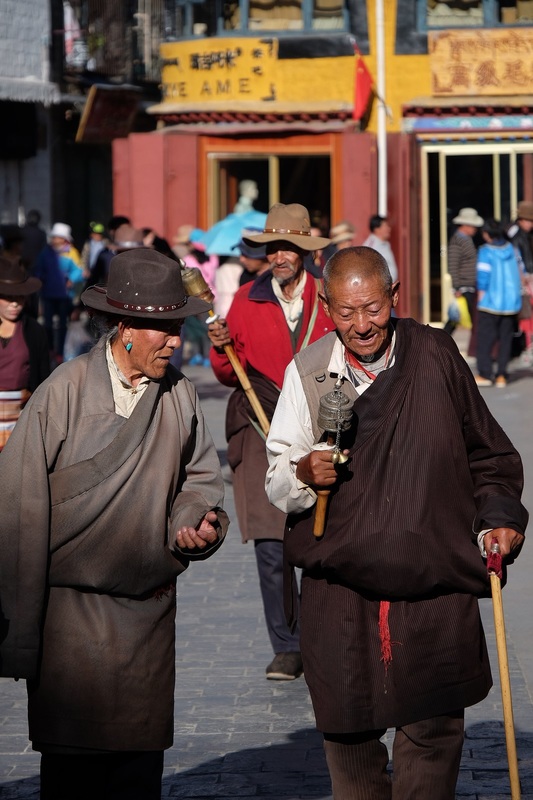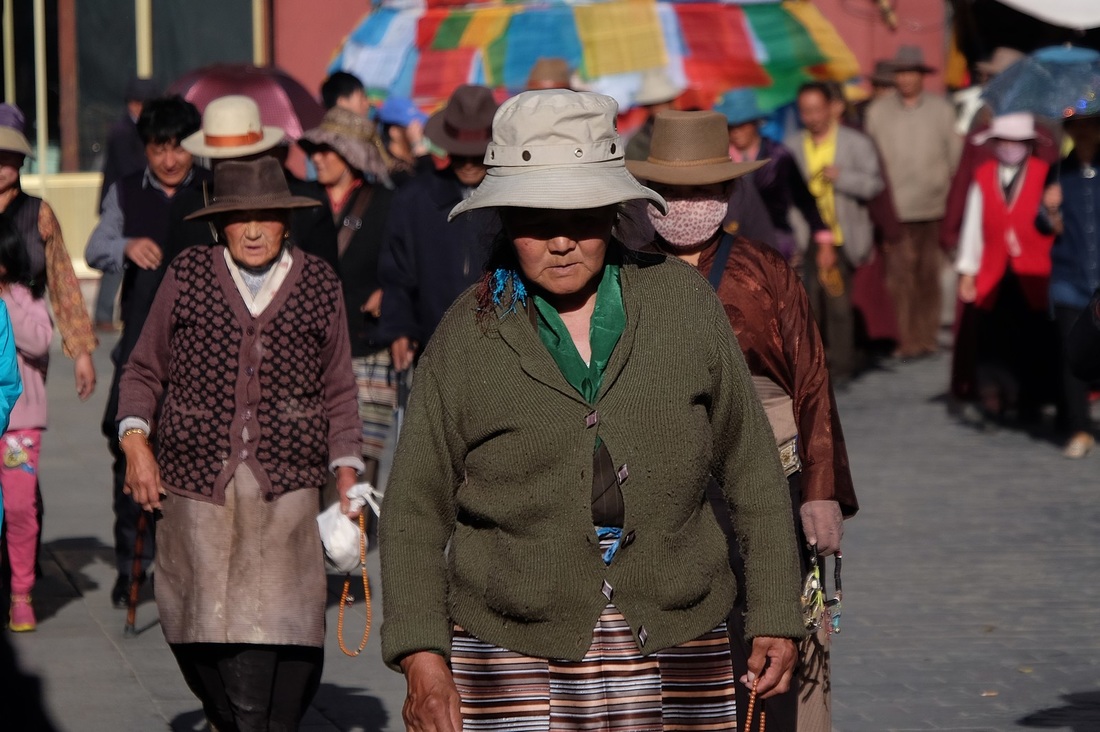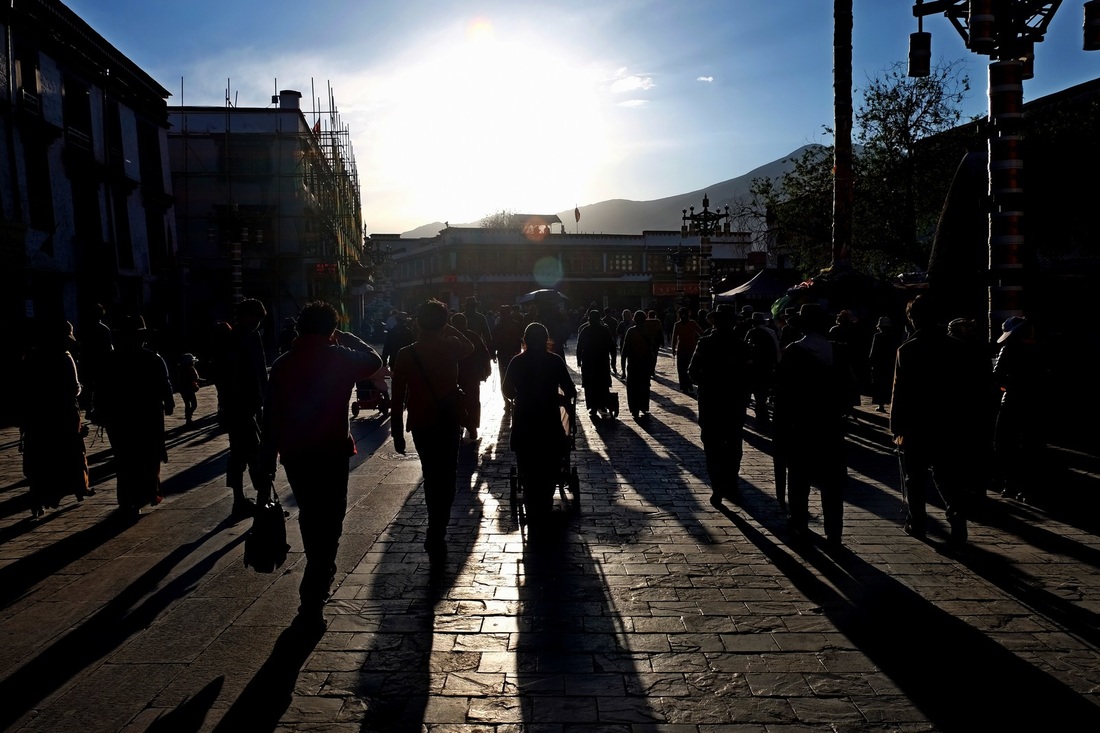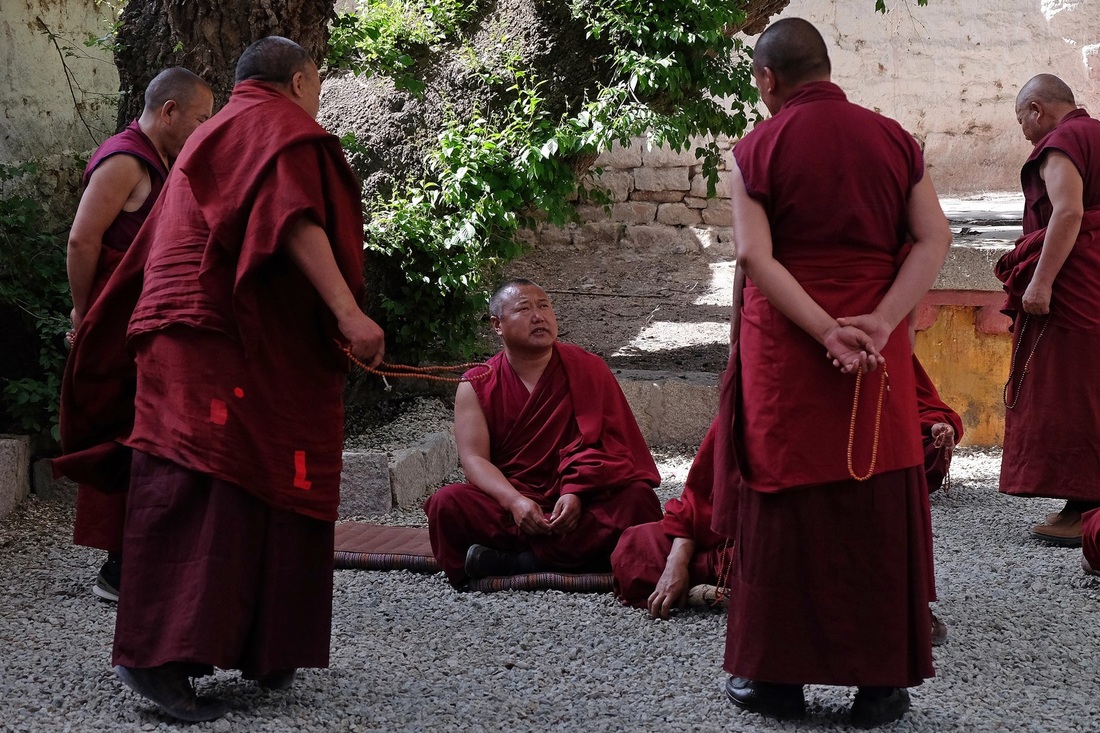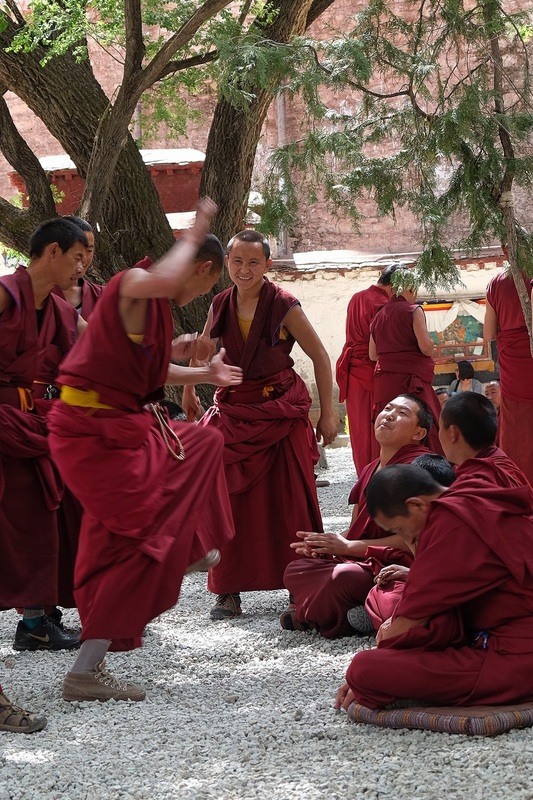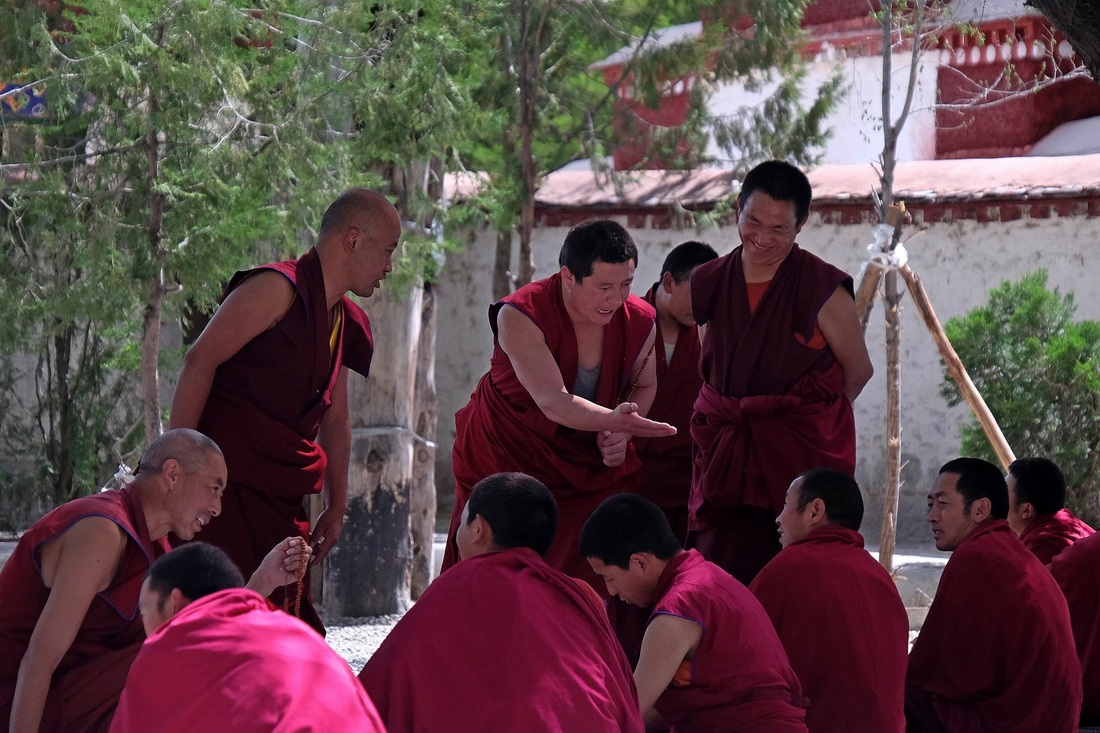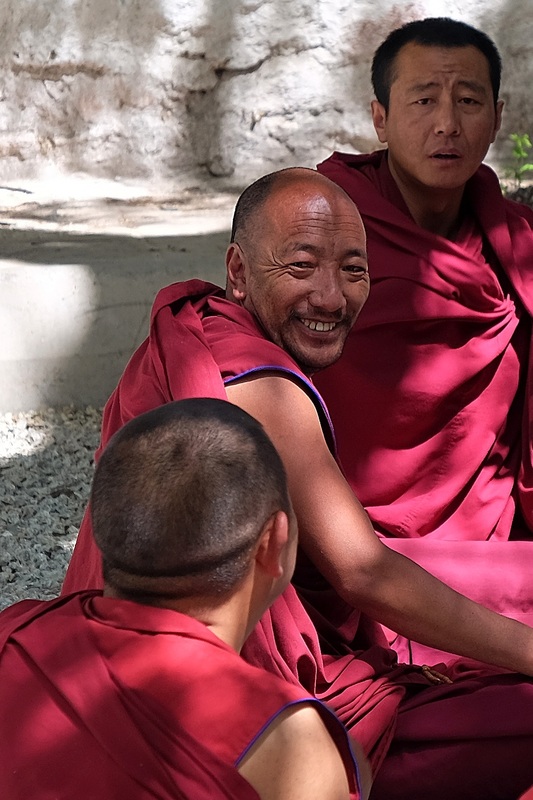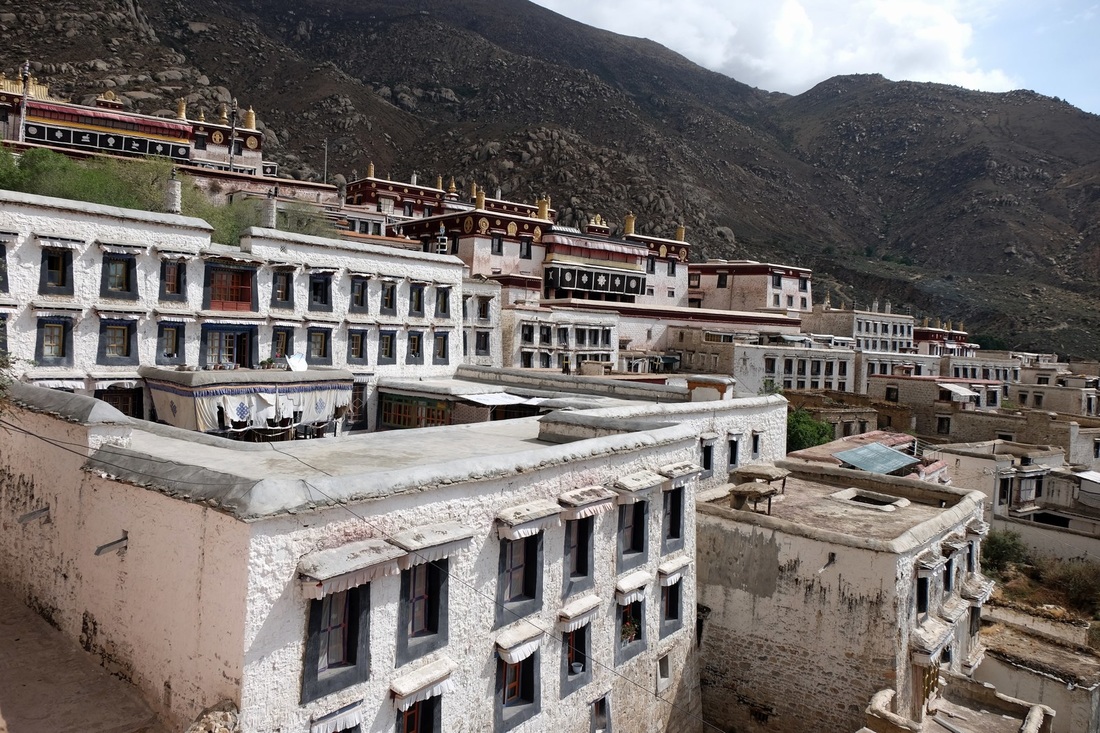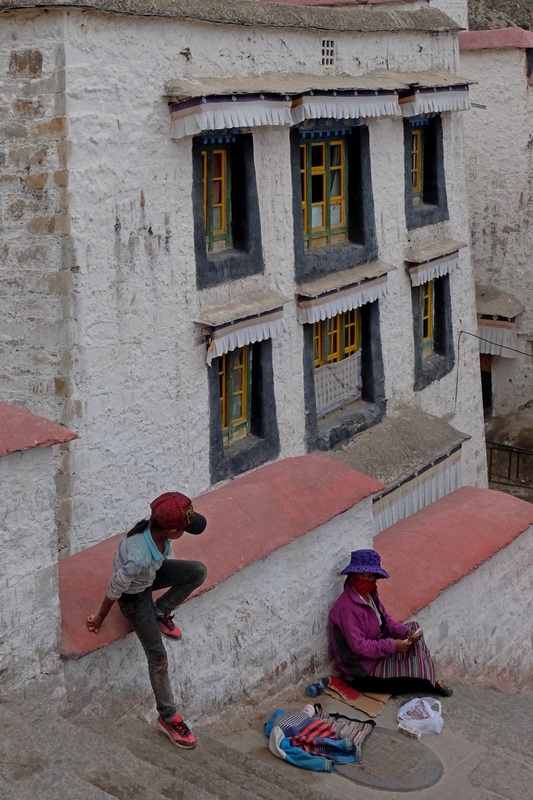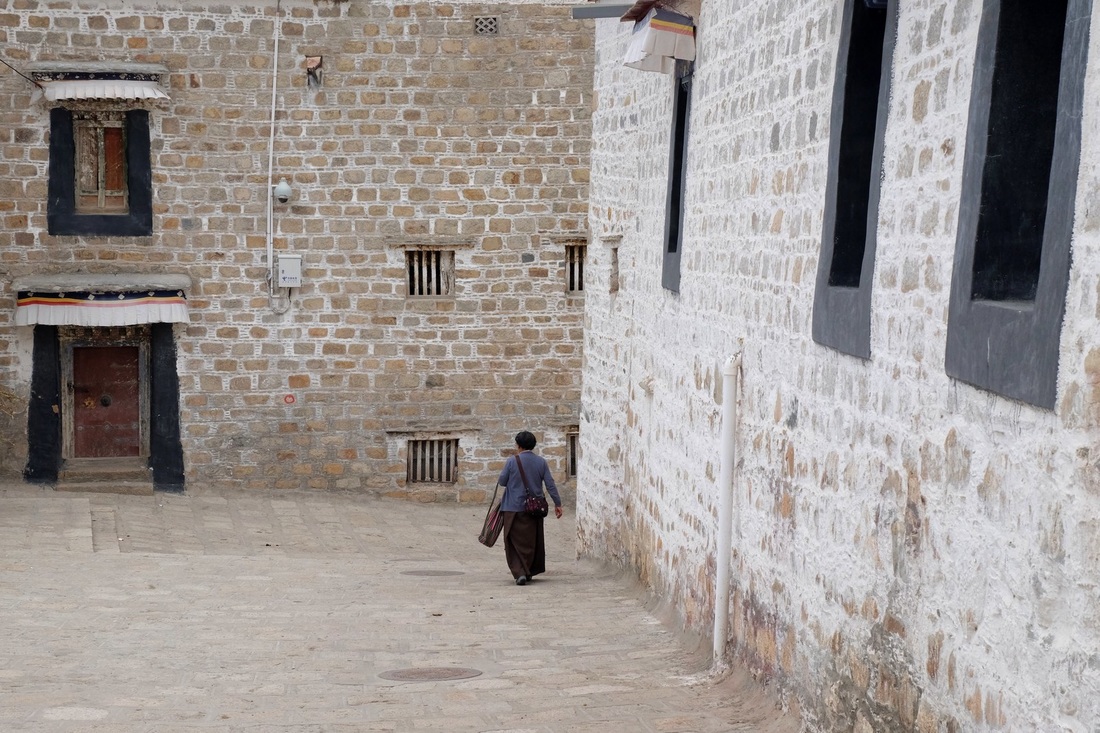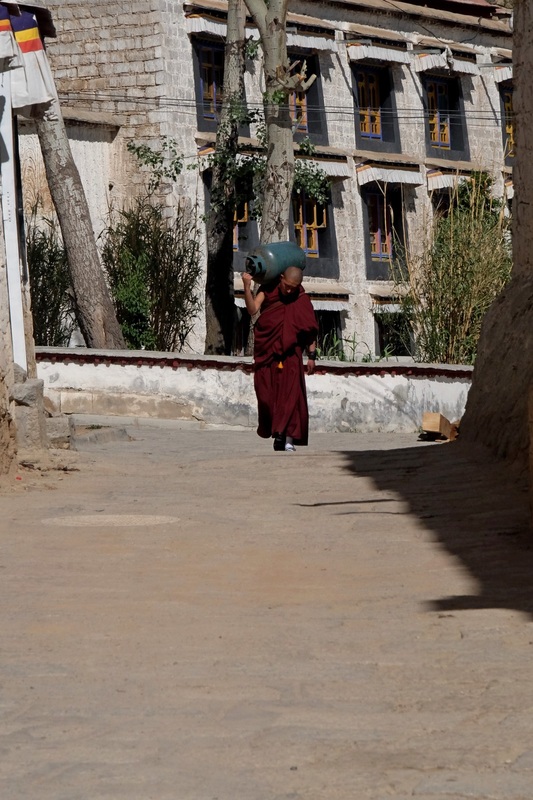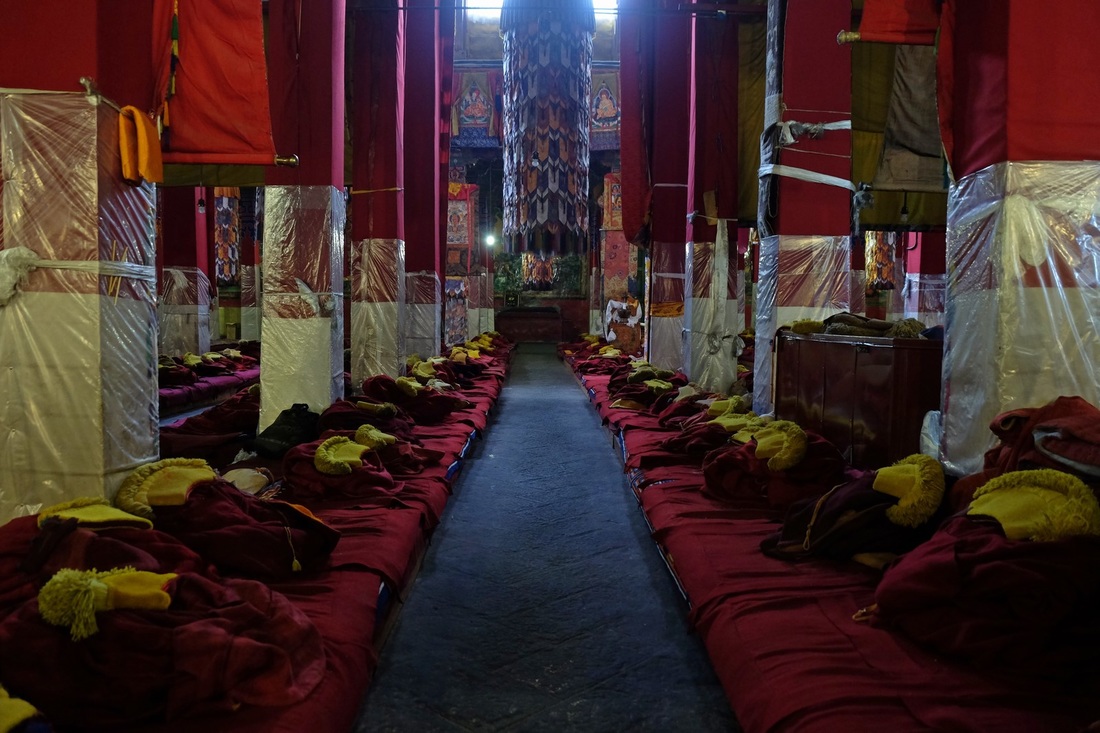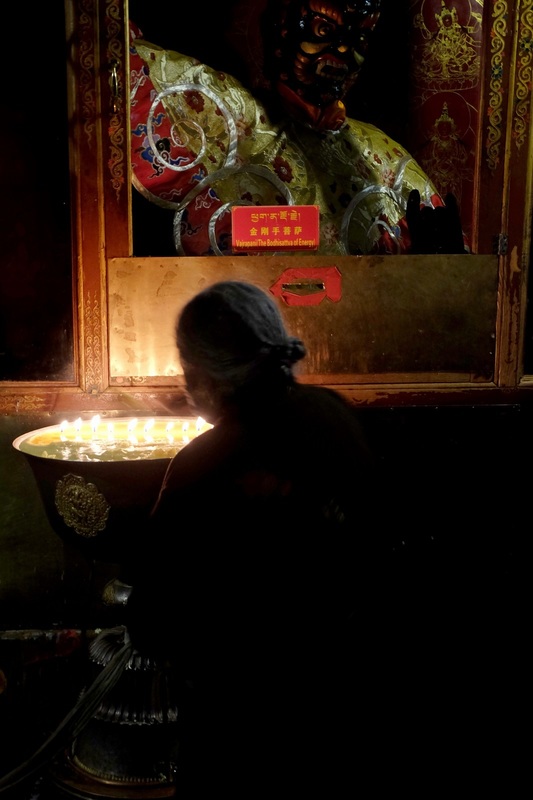A fitting metaphor in more ways than one.
Well, if I’m honest, it was more like a lazy stroll through Lhasa. I only had three days, and I didn’t think it reasonable to jump through rings of fire to obtain more permits to visit the further-flung regions of Tibet. FYI, on top of a Chinese Visa, one has to obtain a Tibetan Travel Bureau Travel Permit just to visit Lhasa and its vicinity, and an Alien Travel Permit to step further outside Lhasa, AND a Military Permit to head towards the outskirts. And no, one cannot do this on his/her own. A licensed travel agency must be engaged, and this makes pricing prohibitively expensive.
I did, however, have the privilege of entering Tibet via the renowned Qinghai-Tibet railway, and at 5,100m at its peak altitude, it is the highest railway in the world, an engineering miracle on so many levels. More on this later. It does take about 30 hours from Lanzhou to Tibet, and the same for the return leg, a round trip of about 4,400km. So for 72 hours in Lhasa, I spent about 60 hours getting there and back. For those masochists amongst you who think this isn’t macho enough, there is the bus option, which involves a week of bouncing up and down on “roads” and a spine transplant after.
Lhasa is a beautiful place, brimming with great people, who despite decades of Chinese “administration”, manage to remain optimistic that they will one day be given greater autonomy to govern themselves. Not independence, mind you, just greater autonomy.
It is a dream which their (former) spiritual and political leader, the Dalai Lama, has paid the ultimate price for – he presently lives in exile, along with several thousand loyalists. In his place, the Chinese Government has installed a Panchen Lama, the No. 2 Lama, of their own choosing; never mind that the Panchen Lama is traditionally elected by Tibetans using a selection methodology which has survived for centuries. Little wonder then that the “new leader” isn’t given any place in Tibetan spiritual worship; most choose to fill their mantelpiece photo frames with images of the preceding Panchen Lama. Needless to say, images of the Dalai Lama are forbidden, with harsh consequences for those who defy this decree.
Of course, the official line is that the Chinese Government has done so much for the Tibetan people, and I agree in many instances. Infrastructure, living, education and health standards have improved tremendously since the Chinese “liberated” the Tibetans from their feudal system of governance and primitive economy in 1959. The Government believes that the tide of new-found prosperity will sweep away any misgivings over the way progress has been delivered.
Well, whether the same formula which has worked in other regions in China will work in Tibet remains to be seen. And whether the compromises the Tibetan people have to live with, to enjoy this progress, will bring lasting happiness is another matter. Today, most Tibetans who have applied for a passport 10 years ago are still waiting for a reply. In Lhasa, there are more Chinese flags festooned across the city than in Beijing on National Day. Songs extolling the greatness of the Chinese nation blare through loudspeakers in the main square. Military patrols, armed with automatic rifles and riot shields carve their way through crowds at regular intervals. Security checks, complete with X-ray scanners are placed at all major sites of worship. And the locals talk in hushed whispers about a better tomorrow.
I’m not sure what I’d rather have. Progress without freedom or freedom without progress. Most of the time, people shouldn’t have to choose between the two.
Fortunately, the sights in Lhasa are so compelling that one cannot help but feel inspired and a sense of renewed hope. No amount of photographs or words will be able to convey the magnificence of the Potala Palace, with its 1,000 rooms; and the spiritual and historical significance of the seats and tombs of former Dalai Lamas and religious leaders which lay within it. Barkhor, and the Kora circling Jokhang temple, is a vortex of humanity, drawing pilgrims and observers from every direction to join the walk of reverence.
Other highlights around Lhasa include the Sera, Samye and Drepung monasteries which are beautiful, if a little hollow, in their own right. These monasteries used to be amongst the greatest in the world, with 10,000 monks occupying Drepung at its peak. Today no more than several hundred reside within them. Nevertheless, they provide a glimpse into what they were before, and perhaps, what they could be once again. The monk debates, in particular, are fiercely cerebral and unexpectedly athletic. I can’t help but wonder that if all this energy and intellect is channelled – free of inhibition or intimidation – towards the betterment of Tibet and its people, what a difference it could make.
Some photos from my walkabouts in Lhasa:
1/15 shutter speed to get the blurred motion effect.
